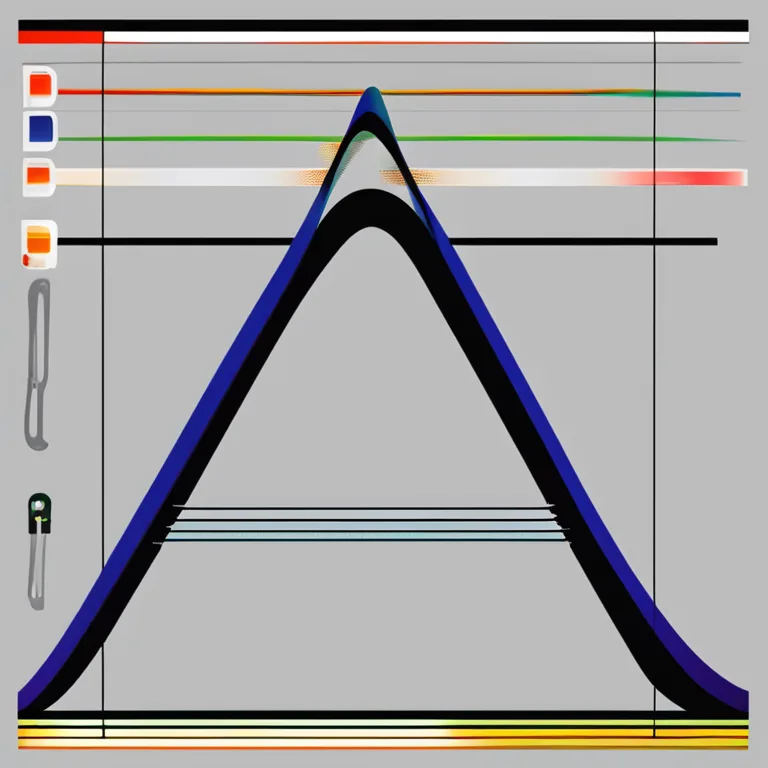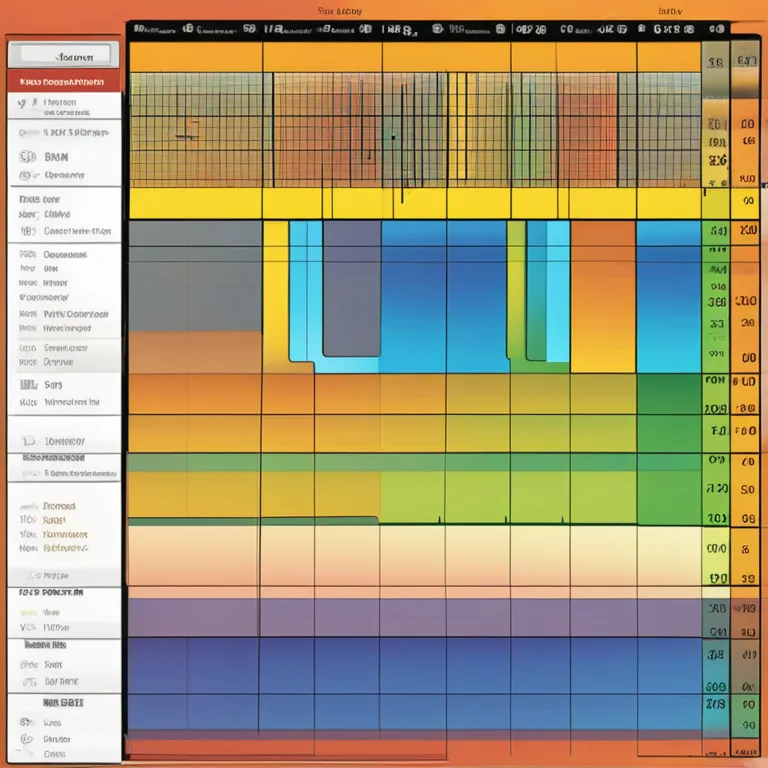
Guide to Checking Your Biorhythms
Discover how to check your personal biorhythms for better daily planning and understanding of your physical, emotional, and intellectual cycles.
article by Adrian Wallace
Introduction to Biorhythms
Biorhythms are a fascinating concept that suggests our daily lives are influenced by innate biological cycles. These rhythms are thought to affect our physical, emotional, and intellectual capabilities, potentially providing insight into the optimal times for certain activities. In this guide, you’ll learn how to check your biorhythms and use this information to potentially enhance your day-to-day decisions and overall well-being.

What Are Biorhythms?
The theory of biorhythms divides our lives into three primary cycles: the Physical, Emotional, and Intellectual. Each cycle has its own unique duration: 23 days for the Physical, 28 days for the Emotional, and 33 days for the Intellectual. These cycles are said to start at your birth and ebb and flow in positive and negative phases throughout your life. Understanding these patterns can offer a glimpse into when you might be at peak performance or when you might need to take it easy.

Calculating Your Biorhythms
To check your biorhythms, you’ll need to calculate the days since your birth for each of the three cycles. You can do this manually or, more conveniently, by using a biorhythm calculator available on various websites and apps in 2024. Typically, entering your birth date will generate a chart depicting your biorhythms over a selected period, illustrating high, low, and critical days for each cycle.

Interpreting Your Biorhythm Chart
Once you have your biorhythm chart, interpreting it is straightforward. A high phase in a cycle suggests a period of strength and vitality, whereas a low phase might indicate a time for caution and recovery. Critical days, where the chart crosses the baseline, may signify times of unpredictability. It's essential to look at the interplay between the cycles, as a high phase in one might offset a low in another.

Using Biorhythms in Daily Life
Checking your biorhythms can be more than a curiosity—it might be a tool for planning. For instance, scheduling important meetings or events during high intellectual days could leverage your mental acuity, while approaching new physical activities during a peak in your physical cycle might increase performance and reduce the risk of injury.
Biorhythms: Science or Pseudoscience?
Though biorhythm theory has a dedicated following, it’s worth noting that scientific consensus does not support it as a predictive tool. Critics argue that it falls into the realm of pseudoscience, lacking empirical evidence. Nevertheless, many individuals find value in the practice, often using it as a framework for reflection and self-awareness rather than precise predictions.
Final Thoughts
While the scientific validity of biorhythms may be disputed, the act of checking and considering them can foster mindfulness about your mental, physical, and emotional states. Whether for curiosity, self-improvement, or entertainment, monitoring your biorhythm charts offers a unique perspective on the ebb and flow of your personal capabilities.
Published: 12/28/2023
Modified: 12/28/2023
More predictions
Come back here soon to learn more about yourself and your future


Biorhythm Compatibility & Birthdays
Discover the intriguing connection between your birthday biorhythms and relationship harmony in our insightful article.


The Reality Of Biorhythm Compatibility
Unravel the truth behind biorhythm compatibility and its role in personal relationships and daily life.


Biorhythm Wheel: Unlocking The Secrets
Explore the intriguing world of the biorhythm wheel to understand your physical, emotional, and intellectual cycles for enhanced well-being.